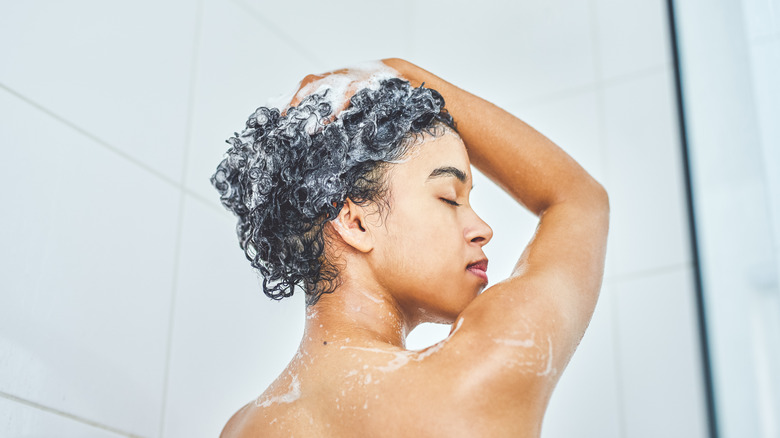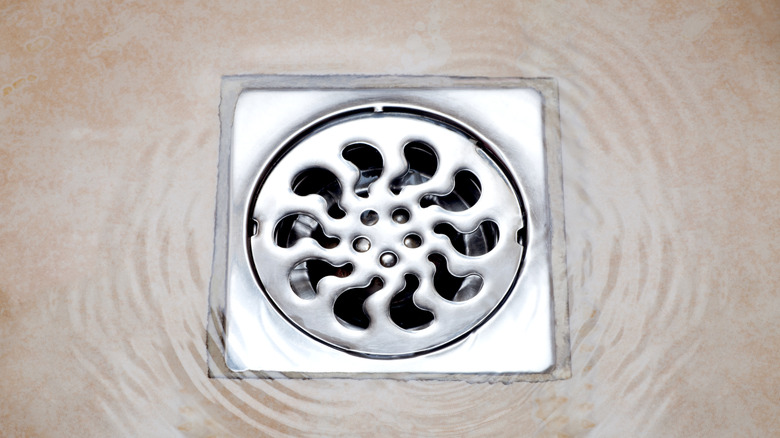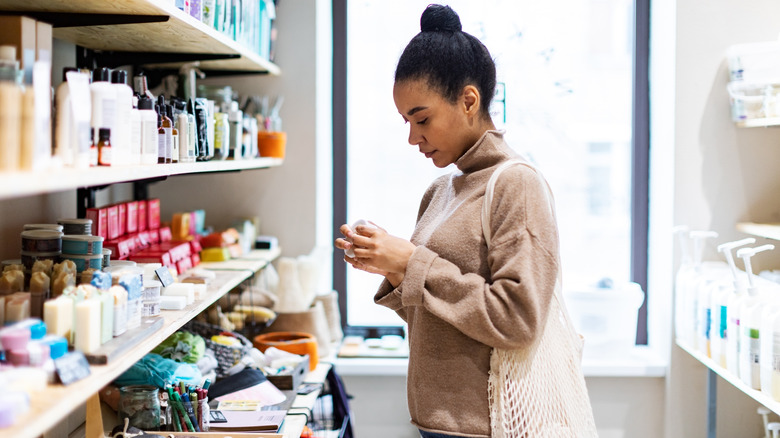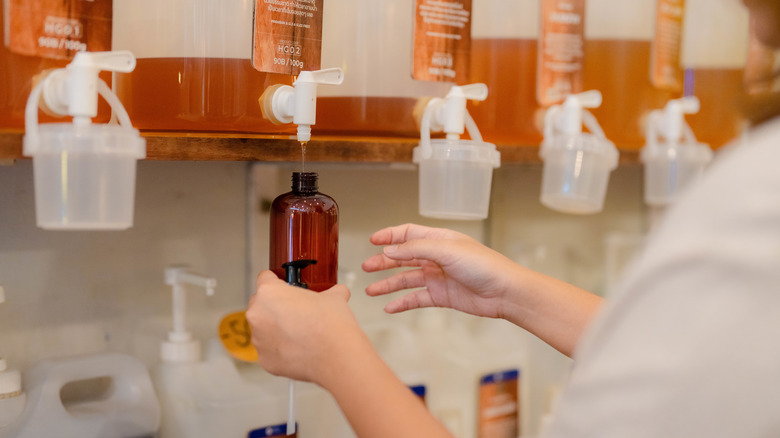What Are PEGs In Shampoo & How Do You Know If You Should Avoid Them?
Looking at the side of a shampoo bottle can often feel like trying to read another language. Ingredient lists can be long, not to mention confusing, and this can make knowing precisely what is in your haircare products difficult. While there are plenty of problematic beauty industry ingredients (and let's not forget about microplastics), some are more popular than others. Among ingredients on many shampoos, you'll probably see the abbreviations PEG and PPG come up more than once. PEG stands for Polyethylene Glycol and PPG stands for Polypropylene Glycol, and either can mean trouble.
PEGs and PPGs have many different functions in beauty products, and can exist in anything from thickeners to stabilizers to emulsifiers. Plus, they can even function as skin-conditioning agents and humectants for moisturizing effects. However, this versatility is also what can potentially lead to increased toxicity and/or potentially negative effects. While research into the long-term effects of PEGs is still limited, many products with PEGs also often contain a chemical called dioxane, which is not only a carcinogen but has been found in drinking water across 45 different states. Let's dive into the world of PEGs and see if they're something to avoid.
Are PEGs bad?
The Federal Drug Administration (FDA) has classified PEGs under the Generally Recognized As Safe (GRAS) category. However, growing research suggests PEGs need a more thorough overview, especially when it comes to long-term exposure in people. The materials needed to make PEGS are extremely toxic and many contain carcinogens, which means that the process of making PEGs ultimately creates toxic byproducts that can lead to contamination with carcinogens (like dioxane). However, a lack of targeted research has left the full effects of PEG contamination largely unknown. There is also very little research exploring the potentially toxic effects of combinations (specifically when PEGs are blended with other substances like they are in beauty products).
Beyond the human body, there are also potential environmental concerns with PEGs. Since they are derived from petroleum, they have very low biodegradability, which can lead to build-ups. Since most PEGs are used in beauty products that end up down the drain (like shampoo), this leaves this build-up mostly accumulating in bodies of water with the potential to impact our drinking water sources. The best, and really only way to know if ingredients being used are toxic would be for companies to offer transparency about how and where they are sourcing their PEGs. However, this is highly unlikely and regulation is virtually non-existent for PEG sourcing. This means that there is no actual way to know or ensure the PEGs in your products are actually safe and free of contamination.
Should you avoid PEGs?
While PEG research is still limited, some studies have shown that prolonged exposure to PEGs can actually lead to PEG sensitivity or even a PEG allergy. Plus, since there is no definite way to know where the PEGs in your products are being sourced from, there's no way to know if they could be toxic and/or contaminated. With limited research or oversight, it might be better to avoid PEGs and PPGs altogether. However, it's ultimately up to you and your level of concern (or not) over potential PEG impacts. PEGs and PPGs are mostly non-toxic and are found in many beauty products, making it more work for you if you decide to limit your exposure.
If you do decide to try and avoid PEGs altogether, you might be wondering how exactly to avoid something as ubiquitous as PEGs and PPGs. To make matters worse, there are literally hundreds of potential ingredient combinations for PEGs and PPGs, meaning it is possible for them to be in a product but not be clearly identified in the ingredients list as a PEG or PPG. This can make avoiding them even harder, but there is hope.
How to avoid PEGs in your shampoo
As always, it's best to research a beauty company if you want to learn about their business practices and health standards (and remember: don't buy into Clean Beauty trends without some research). That being said, a good rule of thumb for avoiding PEGs would be to stick to certified organic beauty products and brands. In order to be certified organic, products should not contain any synthetically made products or mixtures (like PEGs and PPGs). This means that your certified organic shampoo should be clear of any potential for PEG contamination or toxicity. Certain beauty companies take their organic labeling more seriously than others, so finding a brand that matches your values is key.
If you still need some extra help, The Environmental Working Group, a health and research nonprofit, has an online Skin Deep database with nearly 100,000 products in it that can help you look up if your beauty products contain PEGs and PPGs.



